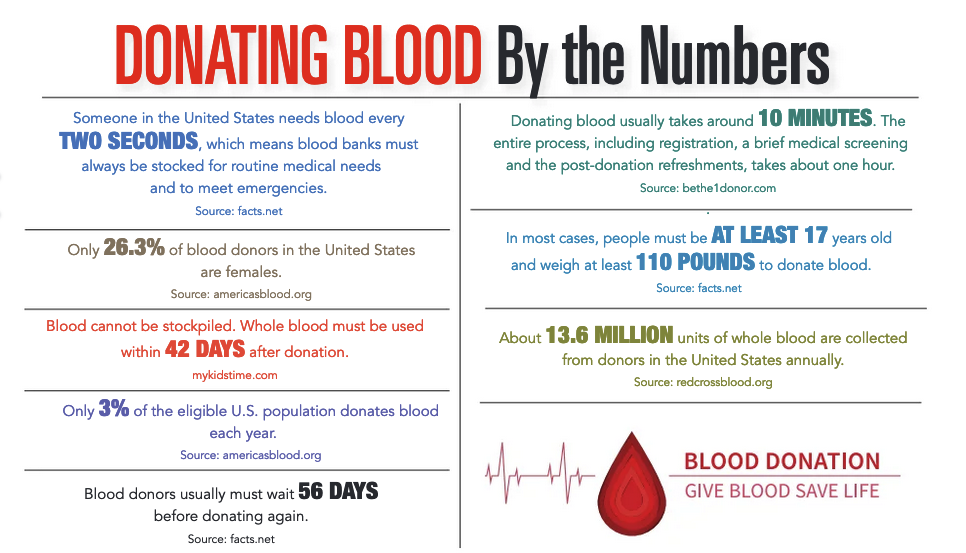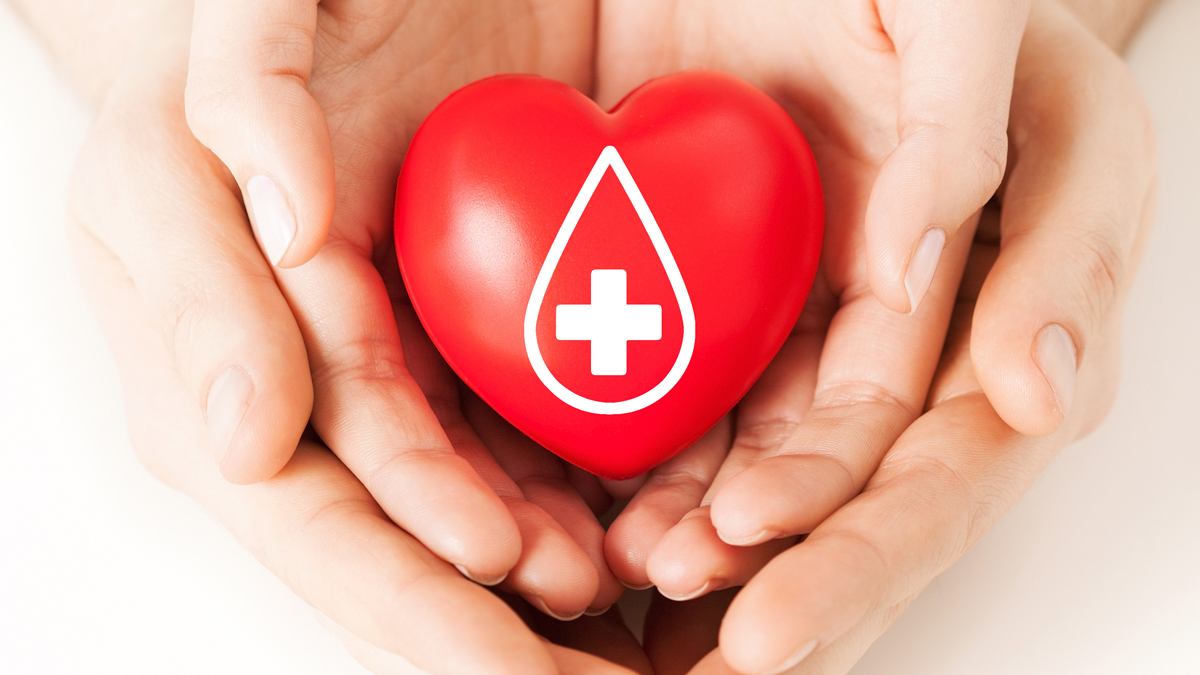On March 15, 1937, Dr. Bernard Fantus watched as a stranger walked into the Cook County Hospital in Chicago and allowed blood to be drawn from his arm. The unnamed man was the first donor at the hospital’s new blood bank – the first of its kind in the U.S., created by Dr. Fantus as a faster and more reliable way for people to get blood transfusions.
Since that day nearly 88 years ago, blood donoring has grown from small community services to hundreds of national network collection sites in all 50 states. Whether you live in Maine, Alaska, Key West or the most isolated hamlet in the Midwest, the need for blood and blood donors is not only constant but also greater now than ever before.
“Every two seconds someone in the U.S. needs blood,” said Daniel Parra, media relations lead for the American Red Cross, headquartered in Washington, D.C. “Nearly 16 million blood components are transfused each year in the U.S., and these components cannot be manufactured. They can only come from volunteer donors.”
Harold Moore of Greenville is one of those donors. “I’ve been donating blood since high school,” said Moore, who grew up in West Virginia in the 1970s. “Back then, it just seemed like a good thing to do as a school function, and you almost never had to wait to donate. Now the local center seems to have a lot of donors no matter when I go.”
Consider, for example, The Blood Connection in Greenville, which serves as a microcosm for the entire nation. TBC is the exclusive provider for all hospitals in the 10 counties of Upstate South Carolina and supplies blood for more than 120 hospitals, EMS units and air transport services across South Carolina, North Carolina, Northeast Georgia and Virginia.
On any given day, TBC’s donation center can have anywhere from a handful of donors to as many as 200. At its 18 regional collection centers and 50 mobile collection units, TBC needs about 1,000 pints of blood each day from donors to maintain the daily supply for all its hospital partners.
“We now have more than 900 team members – from phlebotomists who draw blood from patients to lab technicians who process and ensure the quality and safety of the blood, to couriers who deliver it to hospitals,” said TBC CEO Delisa English. “And there is never a day that goes by that a patient in a hospital doesn’t need a lifesaving blood transfusion.”
So, suppose you want to donate a pint of blood for just such a transfusion.
Here are your three choices:
- Whole blood, which can be donated once every 56 days and usually takes 15 minutes.
- Plasma, a pale-yellow watery liquid blood component that can be donated once every 28 days and often takes about an hour or so to donate. Plasma makes up 55% of the blood’s total volume and distributes nutrients, removes waste from the body and prevents infection.
- Platelets, a rich yellow liquid blood component similar to orange juice, can be donated once every seven days. Platelets help clot the blood to help someone recover from injury.
Platelets take the longest time to donate at 90 to 120 minutes and are always in greatest demand due to their shorter shelf life.
Once your pint of whole blood, plasma or platelets is secured, it is transported to a local TBC testing site for storage, processing, testing and packaging according to guidelines established by the Food and Drug Administration and the Association for the Advancement of Blood & Biotherapies.
Each pint of red cells has a shelf life of only 42 days, and type O+ is almost always in the biggest demand by hospitals. Platelets must be used within five to seven days.
“We have to meet regulatory standards throughout the entire process, from donor screening to distribution,” said Amber Fuller, senior director of technical services at TBC. “If there are any nonconformances at any point during any process, the units are quarantined until the final disposition can be determined.”
Upon each hospital order, the blood is packed into boxes on-site at the TBC corporate office in Piedmont, then delivered in person by one of many couriers, such as Alyson Ross.
“My couriers impact the community by providing the bridge between TBC and our hospital partners,” said Ross, supervisor of courier services. “There is never a day that goes as planned, and my team adapts to any change or obstacle thrown their way. They drive hundreds of miles up and down our roads every day – rain, sleet or shine.”
TBC is only one part of the national process.
America’s Blood Centers in Washington, D.C., estimates that member organizations operate more than 700 blood collection sites in more than 1,100 communities, serving more than 3,500 hospitals and health care facilities across North America.
The American Red Cross is the single largest supplier of blood and blood products in the U.S., collecting and processing approximately 40% of the nation’s blood supply. The U.S. alone supplies more than 70% of the world’s plasma.
Today, nearly 5 million Americans undergo blood transfusions each year for various medical conditions such as acute blood loss, surgery, hemophilia or cancer. It’s a long way from the time of Dr. Fantus, when transfusions required donors and recipients to be present for the procedure.
Though the process has evolved since the inception of the national blood collection system in 1962, one thing remains unchanged: None of it is possible without donors.
“The need for blood is always going to be in demand,” English said. “So please come donate, get rewarded for doing so and know that at some point every pint you give is going to make a difference to someone in your community.”
By L. C. Leach III








